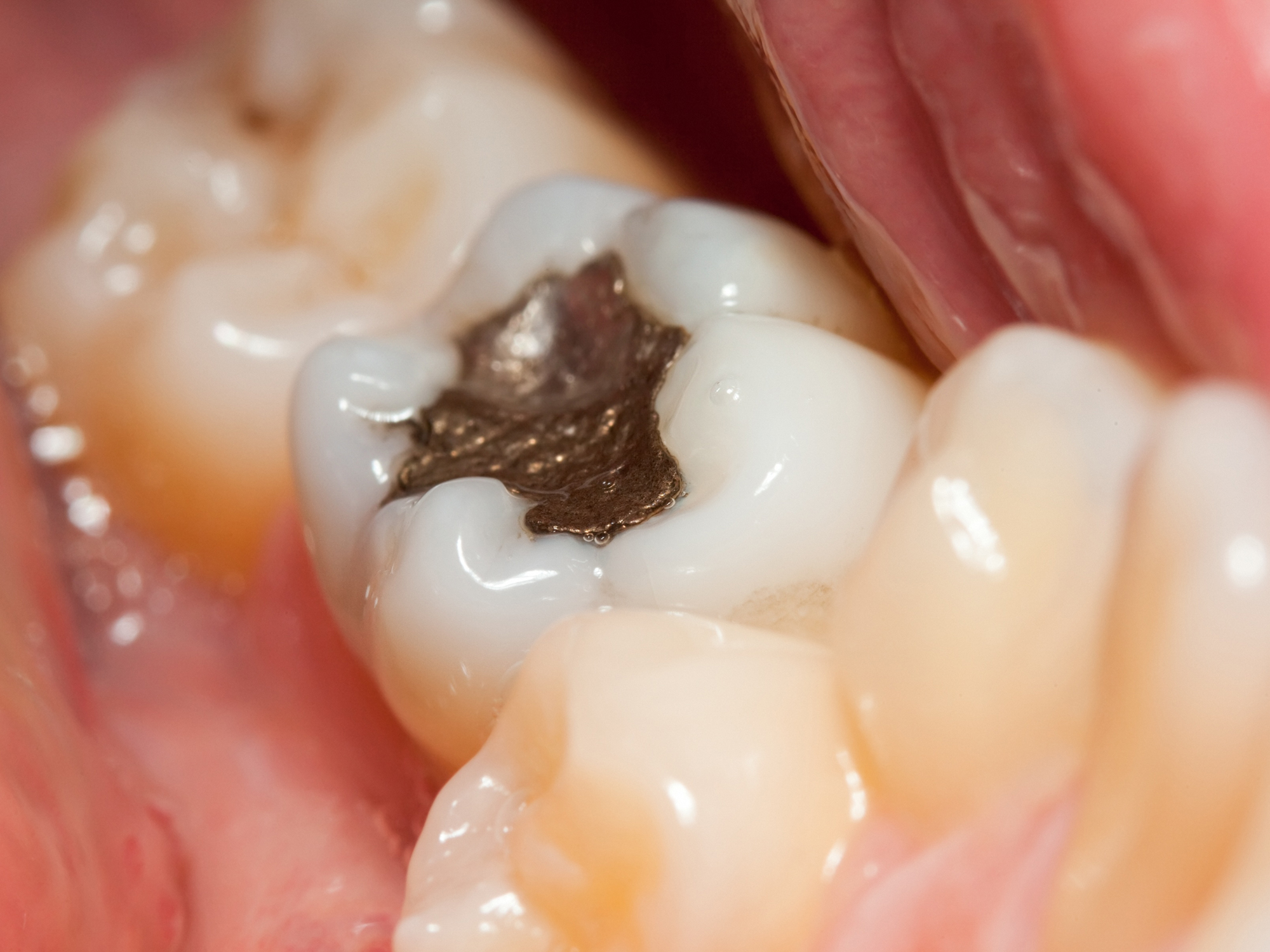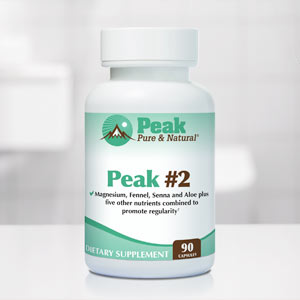Get Easy Health Digest™ in your inbox and don’t miss a thing when you subscribe today. Plus, get the free bonus report, Mother Nature’s Tips, Tricks and Remedies for Cholesterol, Blood Pressure & Blood Sugar as my way of saying welcome to the community!
What to do about your toxic mercury fillings

Over the years, you may have heard a thing or two about the dangers of amalgam fillings—fillings made with mercury and other heavy metals.
People with these fillings have linked them to all sorts of health problems, including migraines, chronic fatigue syndrome and even serious neurological conditions like multiple sclerosis.
And it’s no wonder— mercury is one of the most toxic substances known to man. So why would you want a mouth full of it?
But for a long time, complaints about amalgam fillings were brushed off by scientists and doctors because there wasn’t enough research to prove that they really were poisoning people. A study from the University of Georgia, however, may change all that…
In a study that collected data from 15,000 participants, researchers made an undeniable connection between amalgam fillings and mercury exposure. This is pretty exciting… especially since this is the first time this connection has been demonstrated in a large, nationally representative population.
The study showed that people with eight or more fillings had 150 percent more mercury in their blood than those with none.
Now, eight fillings is a bit more than most people have. The average American has about three fillings. But then again, a whopping 25 percent of the population has 11 or more fillings — so there are quite a few Americans unwittingly putting themselves in harm’s way.
Less is more with mercury
University of Georgia researchers say when you’re exposed to mercury in small amounts, you’ll likely never experience any health problems. It’s when your mercury exposure gets too high that you have a problem on your hands…
“As toxicologists, we know that mercury is poison, but it all depends on the dose. So, if you have one dental filling, maybe it’s OK. But if you have more than eight dental filings, the potential risk for adverse effects is higher,” said Xiaozhong Yu, the co-author of the study.
Another thing to consider, according to researchers, is other sources of mercury exposure in your life. People who eat a lot seafood, for example, and have two or three fillings could easily surpass the safe threshold for mercury exposure.
If you prefer to play it safe, you’ll probably just want to avoid mercury fillings altogether. After all, who needs more mercury exposure? You’re already exposed to mercury in the air, your fish and possibly your home or workplace.
Common sense says you should reduce your mercury exposure whenever you can. Especially considering the mercury in your fillings is the most toxic form of mercury around — inorganic mercury. Inorganic mercury is worse for you than the organic mercury you’ll find in your fish dinner.
Biological dentistry and mercury detoxification
If you’re interested in having your amalgam fillings removed, your best bet is to find a biological dentist. Biological dentists pride themselves in becoming biologists of your mouth, and they always fully consider how anything they put in there affects your overall health. You can search the International Academy of Biological Dentistry & Medicine’s directory to find a biological dentist near you.
Besides removing amalgam fillings and requesting non-mercury fillings in the future, you can also do a few things to help your body work through its current mercury load. You can help your body detoxify mercury by:
- Getting your gut health in order with probiotic foods and supplements. This will keep your bowels moving smoothly so they can expel your body’s toxins, including mercury.
- Eating proven mercury detoxifiers like cilantro and garlic.
- Supporting your body by taking supplements like chlorella that act as a detox agent for heavy metals.
- Stepping into a sauna. Sweat is one way your body releases heavy metals. That means moderate to intense exercise could do the trick too.
- Never forgetting to drink lots of purified water. That’s the cheapest and easiest way to flush the bad stuff out of your body.
Editor’s note: Do you know that poor gums and teeth are linked to the number one killer in America? Not to mention kidney disease… rheumatoid arthritis… Parkinson’s disease… depression… and so much more. Click here to discover America’s Hidden Dental Health Crisis: How to protect yourself and your family from this dangerous public health peril!
Sources:
-
Yin, et al. “Associations of blood mercury, inorganic mercury, methyl mercury and bisphenol A with dental surface restorations in the U.S. population, NHANES 2003–2004 and 2010–2012.” Ecotoxicology and Environmental Safety, 2016.
-
“Have more than eight dental fillings? It could increase the mercury levels in your blood.” Medical Xpress. http://medicalxpress.com. Retrieved September 29, 2016.
-
“Mercury Detoxification Protocol.” Mercola.com. https://www.mercola.com. Retrieved September 29, 2016.














